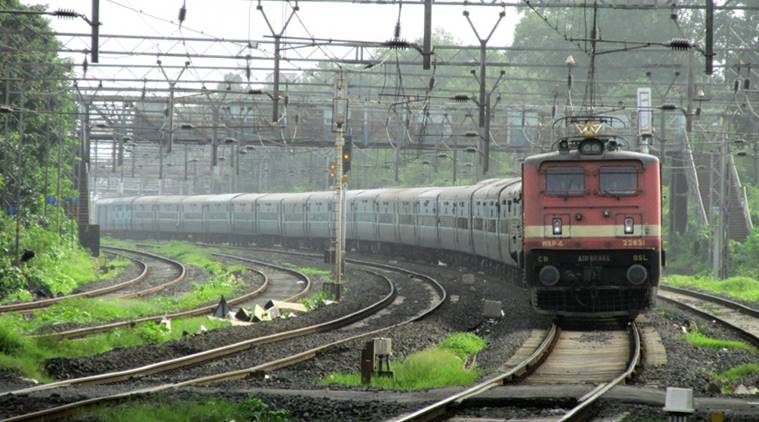Stay updated with the latest - Click here to follow us on Instagram
Union Budget 2018-19: Capital spending pegged at Rs 1.5 lakh crore for railways
Railways Minister Piyush Goyal is learnt to have fixed a target of around 20 per cent reduction in the transporter’s working expenses in 2018-19 to achieve better financial health by the end of the next fiscal.
 The Budget may give around Rs 55,000 crore to Railways as budgetary support — same as last year.
The Budget may give around Rs 55,000 crore to Railways as budgetary support — same as last year.
The Railways may chart a course to spend the highest ever plan size in Budget 2018-19 with sources pegging a figure close to Rs 1.5 lakh crore of capital expenditure.
While the Railways has been scaling up capital expenditure every year for the last three years, what makes the coming one different is that it is mostly based on institutional financing and monetisation of assets, not so much on Gross Budgetary Support (GBS) from the government, sources said.
The Budget may give around Rs 55,000 crore to Railways as budgetary support — same as last year. The rest the national transporter will source through a loan from the LIC and other avenues. Sources suggested that around Rs 49,000 crore the Railways plans to draw from the LIC money.
ALSO READ | Five things to look out for in Modi govt’s last full union budget
Unlike the last Budget, the Railways will allocate resources on broad categories while detailed projects will be fitted into them later, sources said.
In the same vein, the revenue plan would also go upwards of Rs 1.8 lakh crore with Rs 50,000 crore targeted from the passenger business, a slight increase from this year’s revised estimates.
Officials claimed a non-fare revenue target upwards of Rs 10,000 crore was being planned too in gross revenue figures.
RELATED READ | Union Budget 2018: Health sub-centres gear up for bigger role in preventive care
Sources said the Railways will embark on largescale electrification through tenders given on engineering, procurement and construction mode. A similar plan is afoot for upgrading the signalling system.
The Railways is expected to end this fiscal with an operating ratio of 95 per cent and project a 93 per cent operating ratio for 2018-19, sources said. The Budget may also feature the announcement of a financial trajectory for the Railways to bring down the operating ratio to a healthy 75 per cent in five years.
Railways Minister Piyush Goyal is learnt to have fixed a target of around 20 per cent reduction in the transporter’s working expenses in 2018-19 to achieve better financial health by the end of the next fiscal.
The expenses — salaries, pension bill and other working expenditure — generally work out to around Rs 1.2 lakh crore from total earnings of around Rs 1.8 lakh crore, resulting in strain on the national transporter’s finances.







